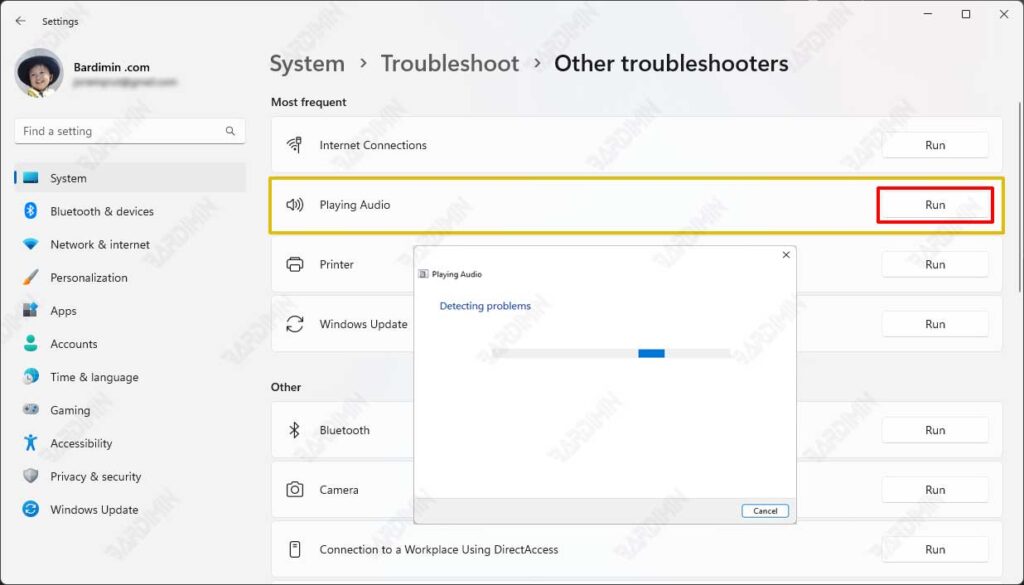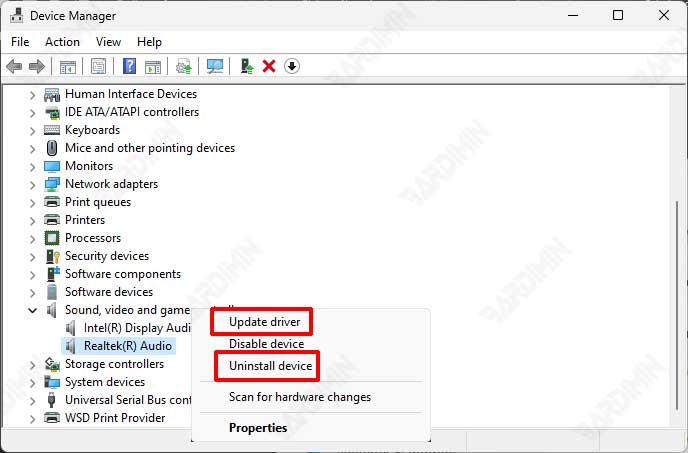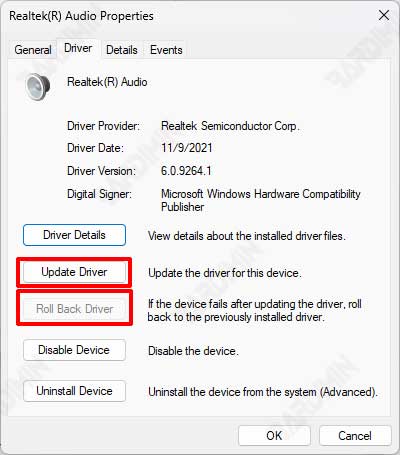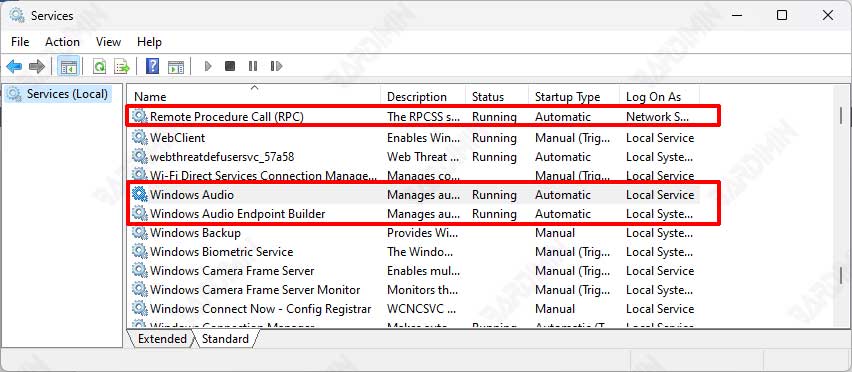Are you having audio issues with Windows 11? Have you recently upgraded to Windows 11 and are experiencing sound-related issues with your device?
Much of the device’s activity depends on sound. Maybe you’ve experienced your computer suddenly stopping playing audio.
The most common cause of sound problems in Windows 11 is not a sound card or audio device that is not working. A large problem may exist in the software or operating system on your computer.
Common audio issues you may encounter are:
- After the update, the audio stops working.
- The audio suddenly stopped working.
- The audio of the sound is choppy.
- The audio service is not running.
- No audio output device is attached.
In addition, the problem can also be caused by wired or wireless connections, configuration settings, hardware, outdated or corrupted audio adapter drivers, etc.
No matter what problem you are facing, you can use many ways to solve the problem in Windows 11.
Fix Windows 11 Audio issues
You can try to fix the audio issue on your system in several ways. The following are some things you can do, such as:
- Audio troubleshooter
- Audio driver
- Update or roll back audio drivers
- Audio service
Run Audio troubleshooter
Audio troubleshooter is one of the built-in utilities of Windows 11 that can identify and fix audio problems automatically. You can use this tool as an aid to fix audio issues.
To run an Audio troubleshooter, follow these guidelines.

- Open the “Settings” of Windows 11. You can open it with a shortcut (WIN + I).
- Then navigate to “System >> Troubleshoot >> Other troubleshooters“.
- In “Playing Audio“, click the “Run” button next to it.
- Wait for a while, the Audio troubleshooter will detect any problems that may occur and fix them.
Fix Audio Driver
Audio drivers may be the main cause of audio issues in most issues. If your system’s audio driver is the cause, try the ways below to fix it.

- Open the “Device Manager“. Click the keyboard button (WIN + X) and select “Device Manager“.
- Expand the “Sound, video and game controllers” category.
- Right-click on the audio device to see the options.
- To fix audio driver issues, you can choose an option:
- “Update driver”: updates the driver with the latest version.
- “Uninstall device“: removes the installed driver. If you select this option, you’ll need to install the driver again.
Update or roll back audio drivers
If your audio driver is listed and working fine but your audio issue is still not resolved, you can try upgrading your audio driver.
Use the Roll Back Driver option to restore the audio driver to a previous version if it previously worked fine and an audio issue occurred after updating your driver.

- Open the “Device Manager“. Click the keyboard button (WIN + X) and select “Device Manager“.
- Expand the “Sound, video, and game controllers” category.
- Right-click on the audio device and select “Properties“.
- Then, select the “Driver” tab.
- Click the “Update Driver” or “Roll Back Driver” button
Repair Audio Service
Checking the audio background service is the next step to take if running the troubleshooter and fixing the audio driver can’t resolve the issue.

- Open the Windows 11 “Services”. You can open it with the buttons (WIN + R), then type “services.msc” and click the OK button.
- Make sure the following services are running without issues.
- Windows Audio
- Windows Audio Endpoint Builder
- Remote Procedure Call

